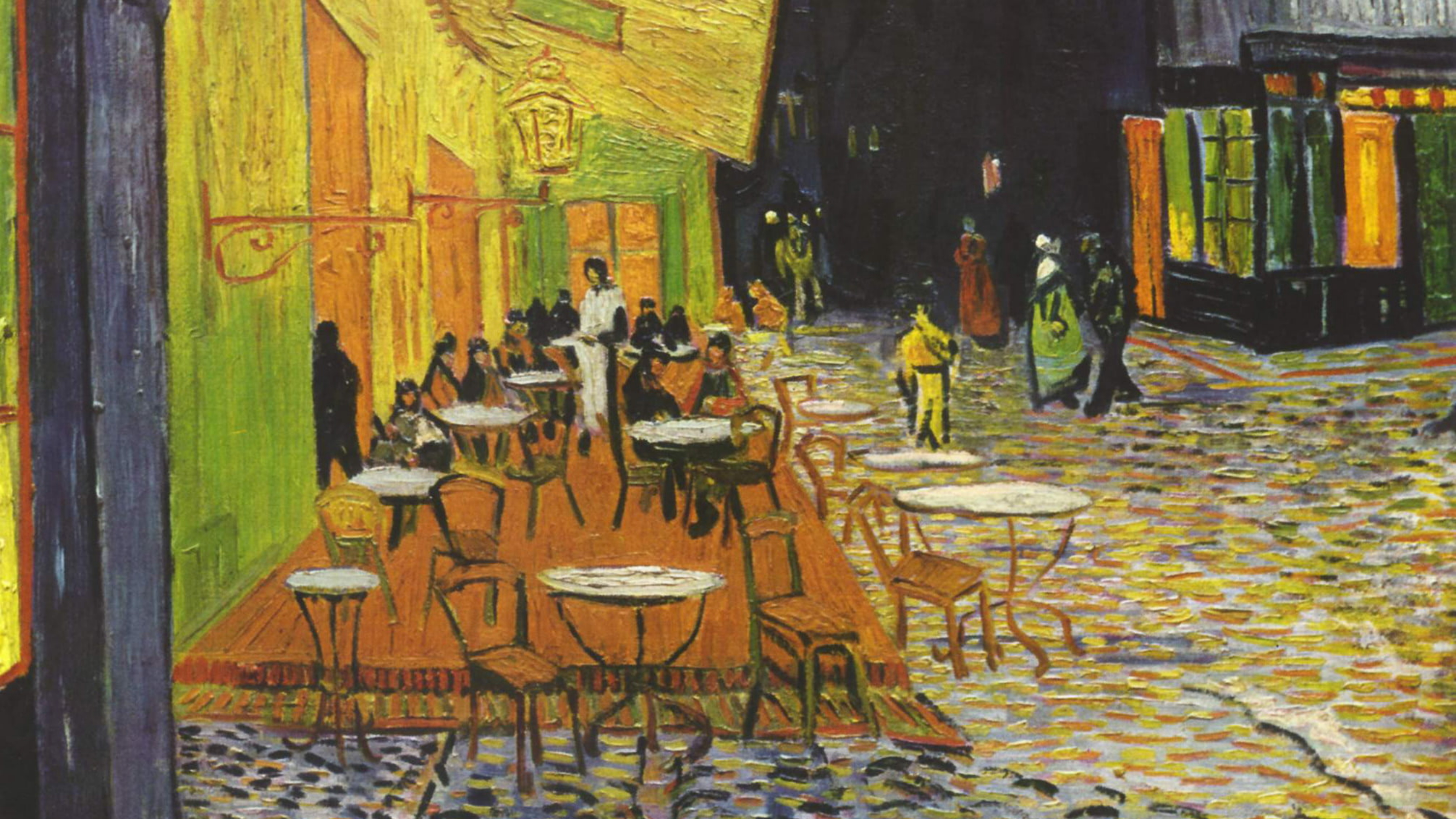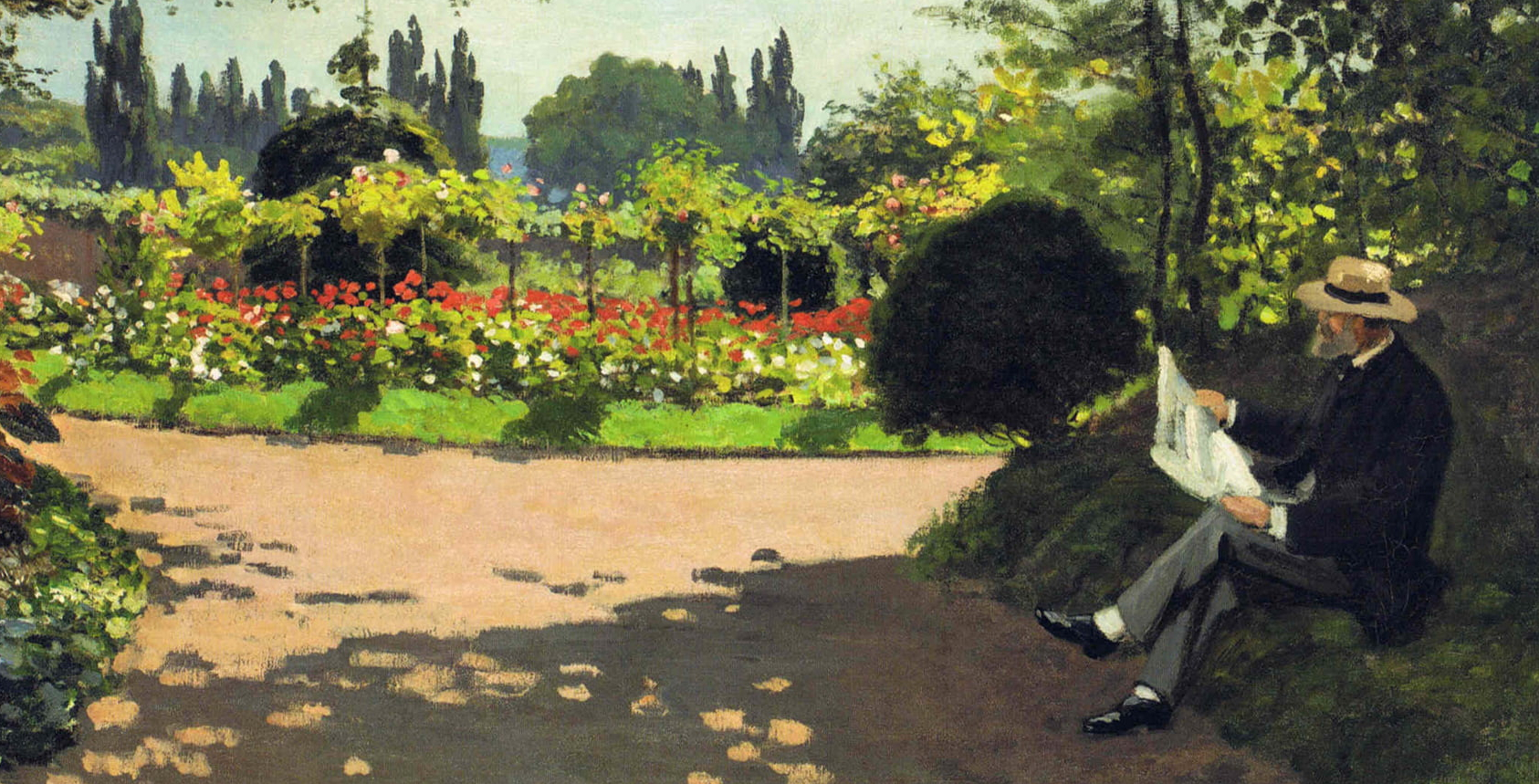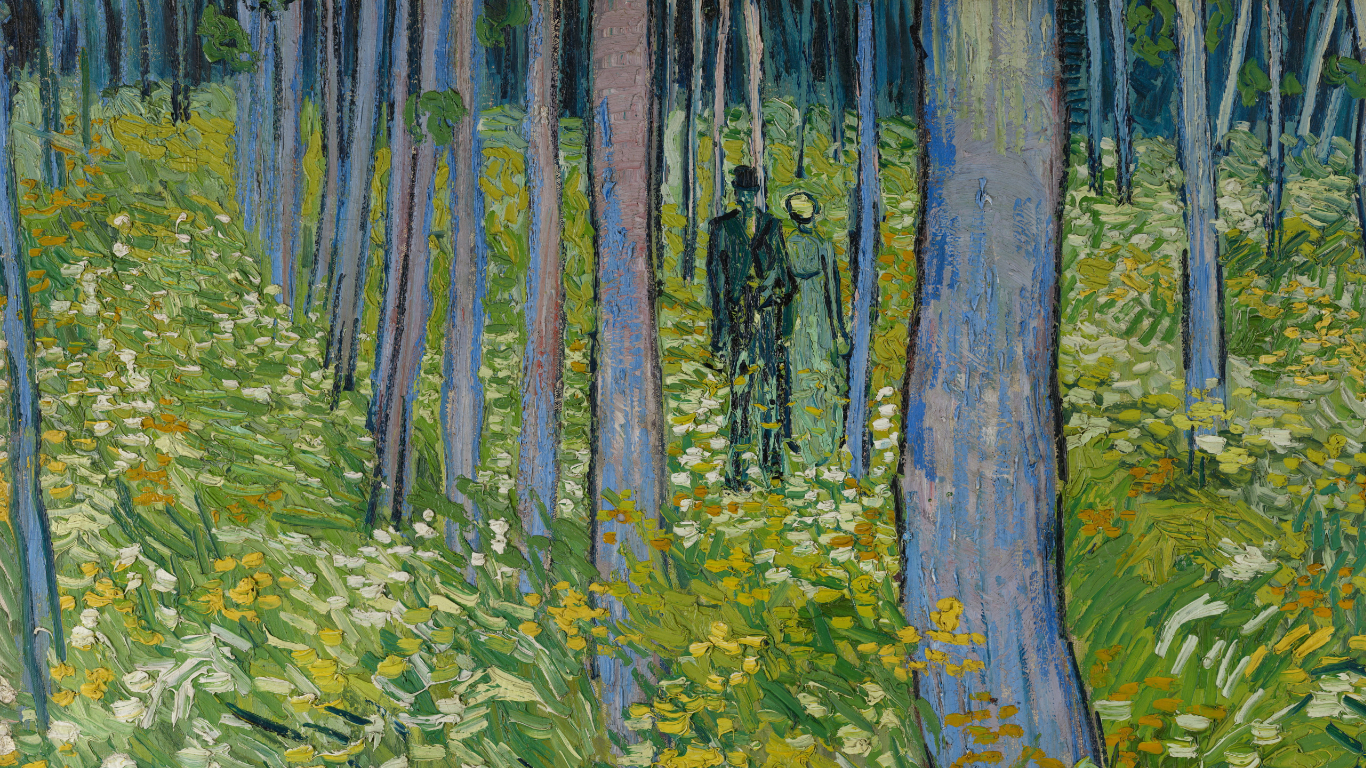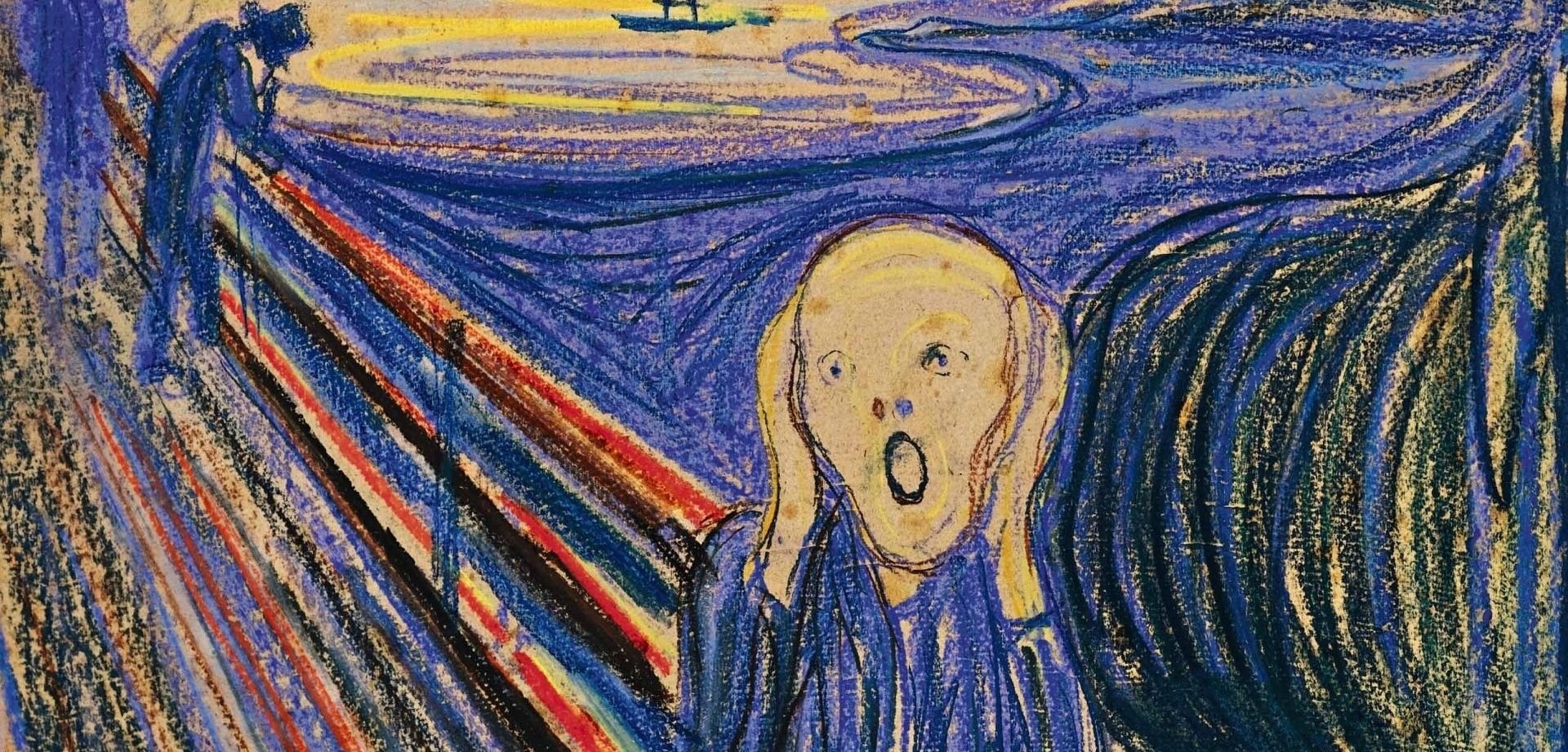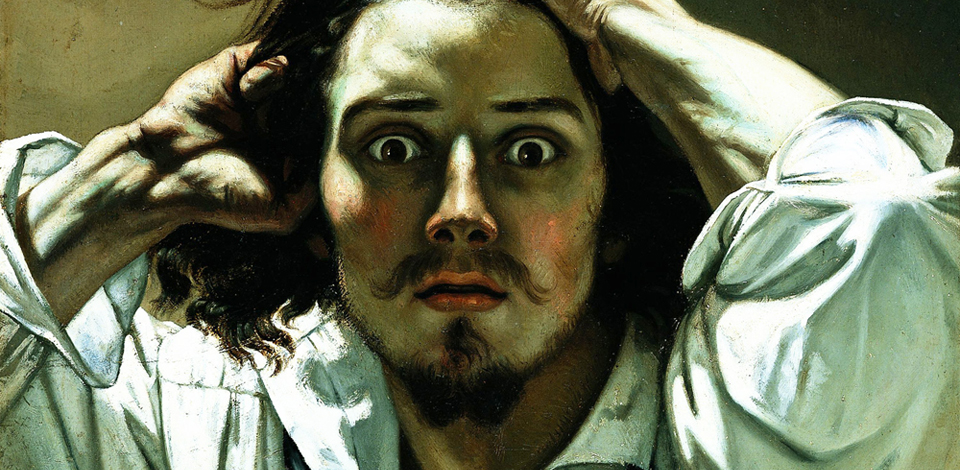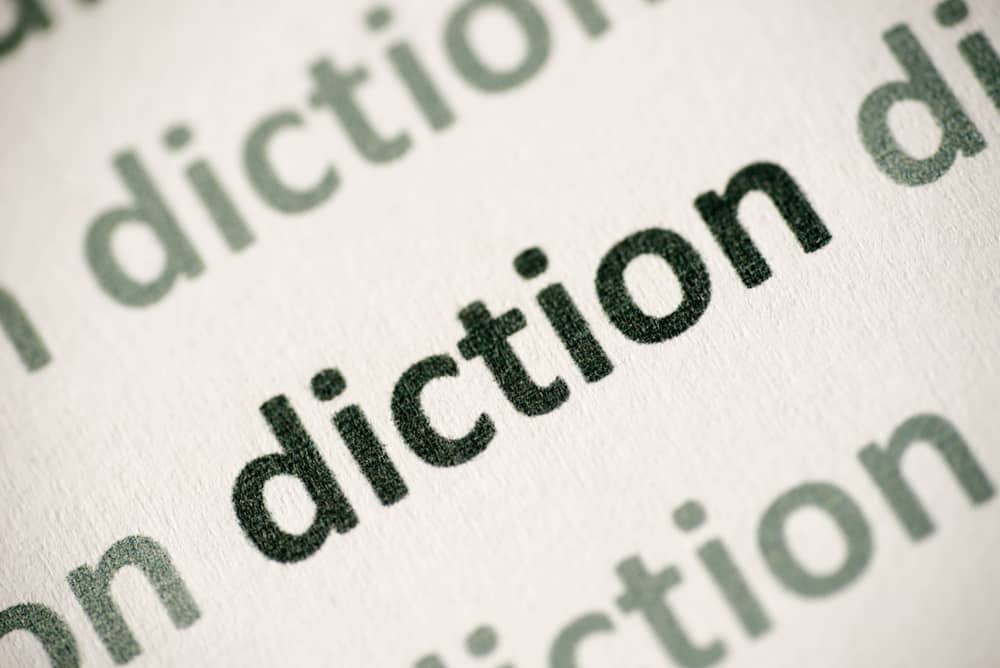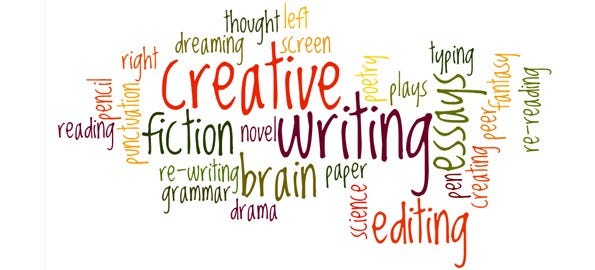I. What is Imagery?
Imagery is language used by poets, novelists and other writers to create images in the mind of the reader. Imagery includes figurative and metaphorical language to improve the reader’s experience through their senses.
II. Examples of Imagery
Example 1
Imagery using visuals:
The night was black as ever, but bright stars lit up the sky in beautiful and varied constellations which were sprinkled across the astronomical landscape.
In this example, the experience of the night sky is described in depth with color (black as ever, bright), shape (varied constellations), and pattern (sprinkled).
Example 2
Imagery using sounds:
Silence was broken by the peal of piano keys as Shannon began practicing her concerto.Here, auditory imagery breaks silence with the beautiful sound of piano keys.
Example 3
Imagery using scent:
She smelled the scent of sweet hibiscus wafting through the air, its tropical smell a reminder that she was on vacation in a beautiful place. The scent of hibiscus helps describe a scene which is relaxing, warm, and welcoming.
Example 4
Imagery using taste:
The candy melted in her mouth and swirls of bittersweet chocolate and slightly sweet but salty caramel blended together on her tongue.Thanks to an in-depth description of the candy’s various flavors, the reader can almost experience the deliciousness directly.
Example 5
Imagery using touch:
After the long run, he collapsed in the grass with tired and burning muscles. The grass tickled his skin and sweat cooled on his brow.
In this example, imagery is used to describe the feeling of strained muscles, grass’s tickle, and sweat cooling on skin.
III. Types of Imagery
Here are the five most common types of imagery used in creative writing:
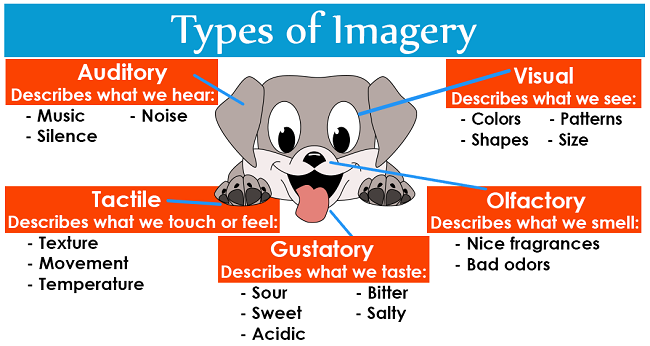 |
| https://literaryterms.net/imagery/ |
a. Visual Imagery
Visual imagery describes what we see: comic book images, paintings, or images directly experienced through the narrator’s eyes. Visual imagery may include:
Color, such as: burnt red, bright orange, dull yellow, verdant green, and Robin’s egg blue.
Shapes, such as: square, circular, tubular, rectangular, and conical.
Size, such as: miniscule, tiny, small, medium-sized, large, and gigantic.
Pattern, such as: polka-dotted, striped, zig-zagged, jagged, and straight.
b. Auditory Imagery
Auditory imagery describes what we hear, from music to noise to pure silence. Auditory imagery may include:
Enjoyable sounds, such as: beautiful music, birdsong, and the voices of a chorus.
Noises, such as: the bang of a gun, the sound of a broom moving across the floor, and the sound of broken glass shattering on the hard floor.
The lack of noise, describing a peaceful calm or eerie silence.
c. Olfactory Imagery
Olfactory imagery describes what we smell. Olfactory imagery may include:
Fragrances, such as perfumes, enticing food and drink, and blooming flowers.
Odors, such as rotting trash, body odors, or a stinky wet dog.
d. Gustatory Imagery
Gustatory imagery describes what we taste. Gustatory imagery can include:
Sweetness, such as candies, cookies, and desserts.
Sourness, bitterness, and tartness, such as lemons and limes.
Saltiness, such as pretzels, French fries, and pepperonis.
Spiciness, such as salsas and curries.
Savoriness, such as a steak dinner or thick soup.
e. Tactile Imagery
Lastly, tactile imagery describes what we feel or touch. Tactile imagery includes:
Temperature, such as bitter cold, humidity, mildness, and stifling heat.
Texture, such as rough, ragged, seamless, and smooth.
Touch, such as hand-holding, one’s in the grass, or the feeling of starched fabric on one’s skin.
Movement, such as burning muscles from exertion, swimming in cold water, or kicking a soccer ball.
IV. The Importance of Using Imagery
Because we experience life through our senses, a strong composition should appeal to them through the use of imagery. Descriptive imagery launches the reader into the experience of a warm spring day, scorching hot summer, crisp fall, or harsh winter. It allows readers to directly sympathize with charactersand narrators as they imagine having the same sense experiences. Imagery commonly helps build compelling poetry, convincing narratives, vivid plays, well-designed film sets, and descriptive songs.
SOURCE :
-https://literaryterms.net/imagery/
IMAGE SOURCE:
https://www.youtube.com/watch?v=eoNl1Ue5ZtQ


